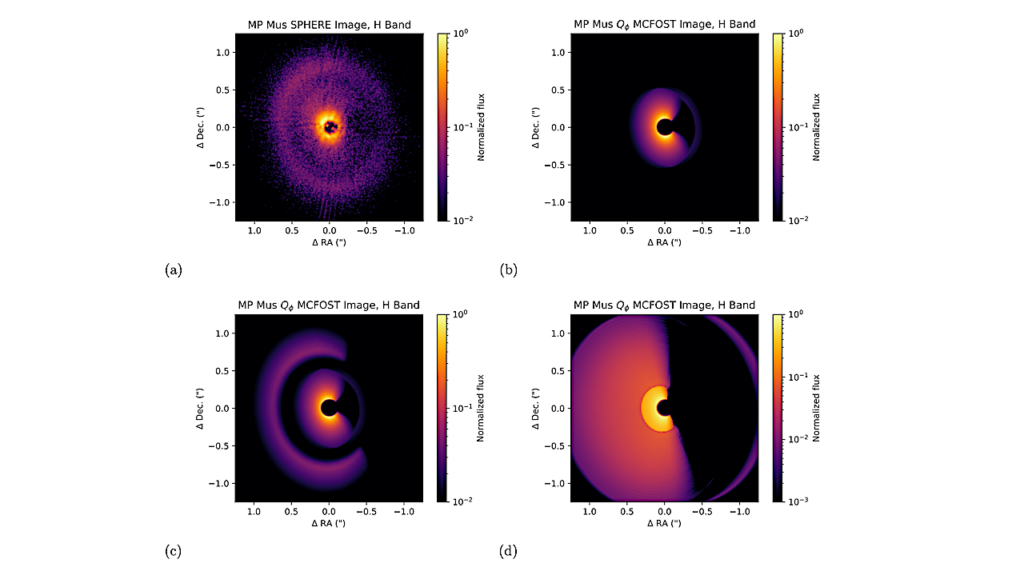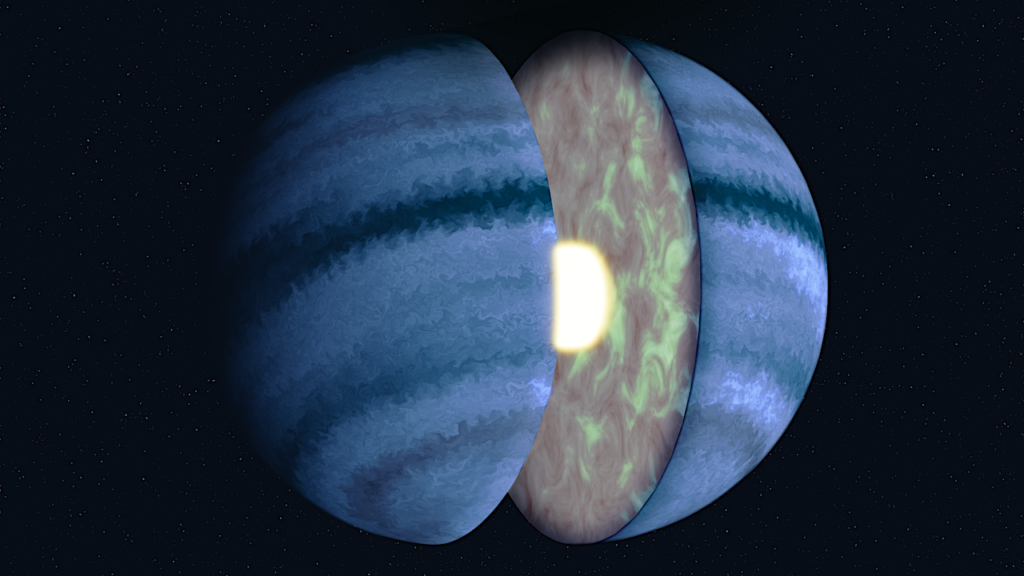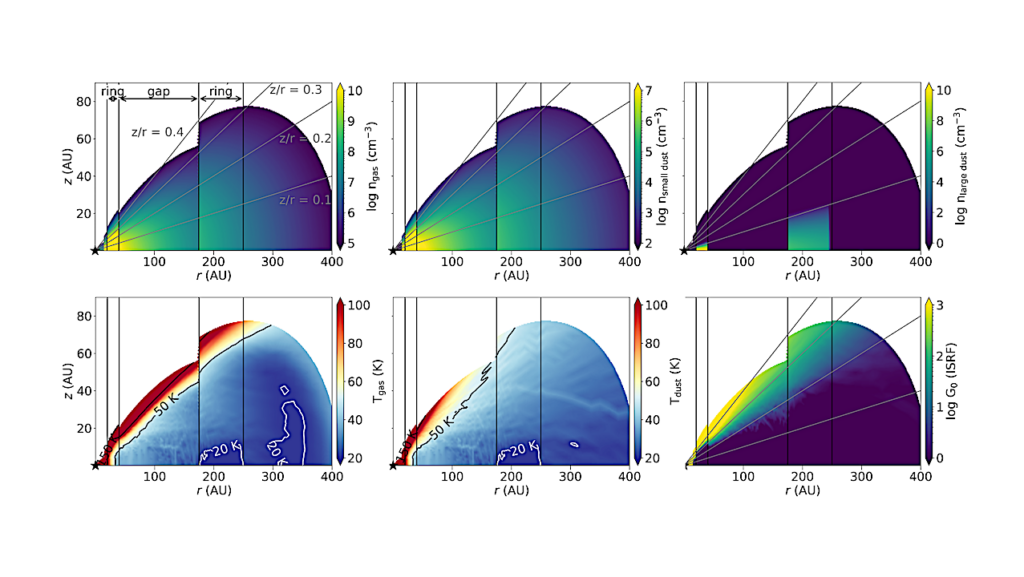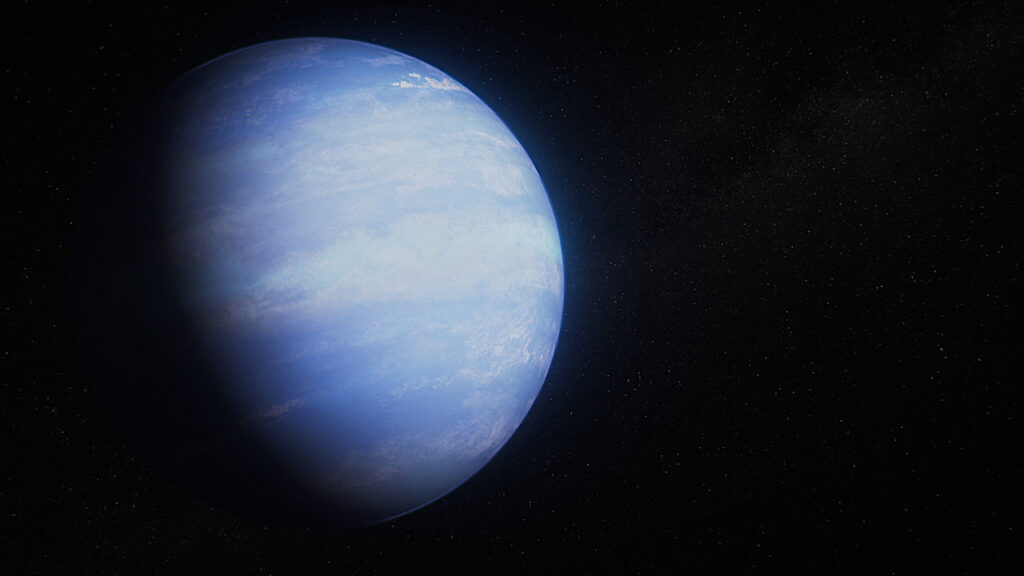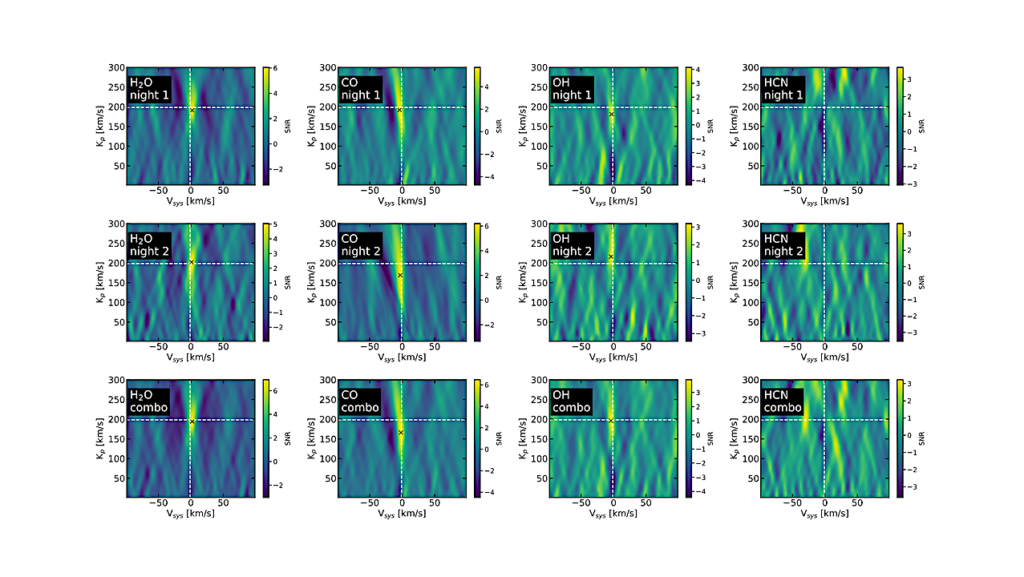Artificial Greenhouse Gases as Exoplanet Technosignatures

Atmospheric pollutants such as CFCs and NO2 have been proposed as potential remotely detectable atmospheric technosignature gases. Here we investigate the potential for artificial greenhouse gases including CF4, C2F6, C3F8, SF6, and NF3 to generate detectable atmospheric signatures.
In contrast to passive incidental byproducts of industrial processes, artificial greenhouse gases would represent an intentional effort to change the climate of a planet with long-lived, low toxicity gases and would possess low false positive potential.
An extraterrestrial civilization may be motivated to undertake such an effort to arrest a predicted snowball state on their home world or to terraform an otherwise uninhabitable terrestrial planet within their system. Because artificial greenhouse gases strongly absorb in the thermal mid-infrared window of temperate atmospheres, a terraformed planet will logically possess strong absorption features from these gases at mid-IR wavelengths (∼8-12 μm), possibly accompanied by diagnostic features in the near-IR.
As a proof of concept, we calculate the needed observation time to detect 1 [10](100) ppm of C2F6/C3F8/SF6 on TRAPPIST-1f with JWST MIRI/LRS and NIRSpec. We find that a combination of 1[10](100) ppm each of C2F6, C3F8, and SF6 can be detected with an S/N ≥ 5 in as few as 25[10](5) transits with MIRI/LRS. We further explore mid-infrared direct-imaging scenarios with the LIFE mission concept and find these gases are more detectable than standard biosignatures at these concentrations.
Consequently, artificial greenhouse gases can be readily detected (or excluded) during normal planetary characterization observations with no additional overhead.

PSG-simulated mid-infrared (5-12 µm) transmission spectra of an Earth-like TRAPPIST-1f with 1-100 ppm of technosignature gases CF4 (A), C2F6 (B), C3F8 (C), SF6 (D), a combination of the preceding three gases (E), or NF3 (F). Simulated datapoints for the 100 ppm cases are shown in green, for 10 transits and at a resolving power of R=50 for clarity. — astro-ph.EP
Edward W. Schwieterman, Thomas J. Fauchez, Jacob Haqq-Misra, Ravi K. Kopparapu, Daniel Angerhausen, Daria Pidhorodetska, Michaela Leung, Evan L. Sneed, Elsa Ducrot
Comments: 25 pages, 8 figures, 6 tables, accepted in the Astrophysical Journal
Subjects: Earth and Planetary Astrophysics (astro-ph.EP)
Cite as: arXiv:2405.11149 [astro-ph.EP] (or arXiv:2405.11149v1 [astro-ph.EP] for this version)
Submission history
From: Edward Schwieterman
[v1] Sat, 18 May 2024 02:37:23 UTC (25,161 KB)
https://arxiv.org/abs/2405.11149
Astrobiology


